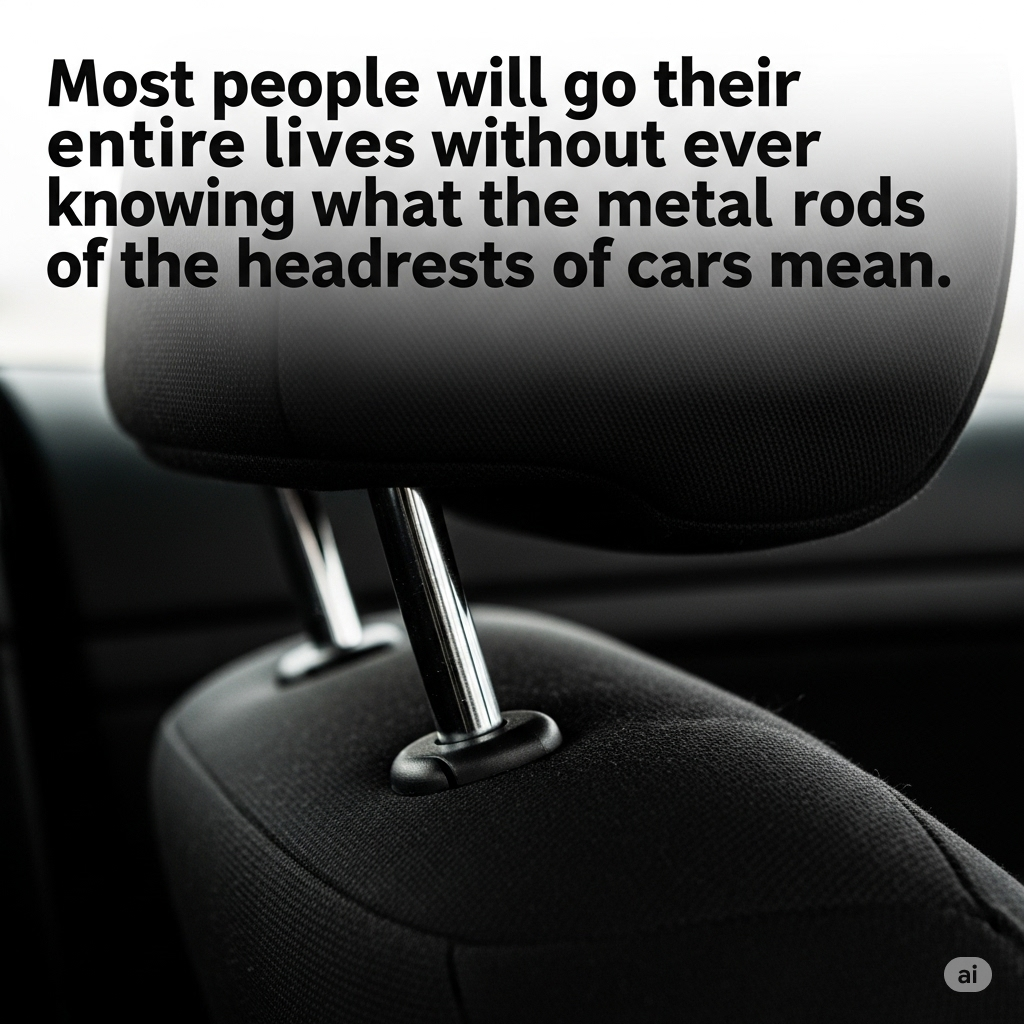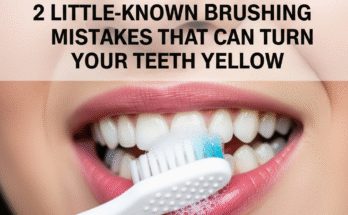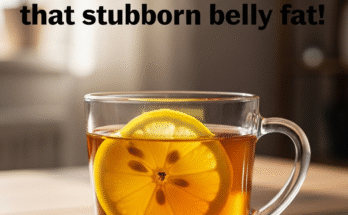
The Overlooked Safety Feature in Your Car: Metal Rods in Headrests
When most people think about car safety features, they picture seat belts, airbags, or anti-lock brakes. Yet, one of the smallest and least-discussed components—the metal rods inside your car’s headrests—plays an equally important role in keeping you safe. These unassuming parts are more than just structural supports; they’re key to both comfort and collision protection.
This article takes a closer look at these rods, exploring their purpose, evolution, and why they’re a vital part of modern vehicle safety.
Why Metal Rods in Headrests Exist
At first glance, these rods might seem purely functional, but their design serves multiple purposes:
- Adjustability: They allow the headrest to be raised or lowered so passengers of varying heights can get proper head and neck support.
- Safety: A well-positioned headrest helps prevent whiplash during rear-end collisions.
- Structural Integrity: The rods keep the headrest firmly in place even under accident-level forces.
How Headrest Metal Rods Evolved
Headrests weren’t always standard equipment in cars. They began as optional comfort features, but as safety research advanced, regulations made them mandatory. The introduction of metal rods revolutionized headrest design, making height and angle adjustments possible while improving strength and durability. Over time, manufacturers refined the mechanism to be more user-friendly, reliable, and compatible across different vehicle models.
The Safety Benefits You Don’t See
Metal rods in headrests act as a quiet guardian during collisions. By allowing precise adjustment, they ensure your headrest is in the optimal position to absorb impact and minimize neck injuries. Their robust construction ensures that even in severe crashes, the headrest stays locked in place to provide ongoing protection.
Common Myths About Headrest Rods
- “They’re just for looks.” Wrong—the primary reason is safety, not aesthetics.
- “They’re only there so the headrest can be removed for cleaning.” While removability is a side benefit, it’s not the main purpose.
- “All headrests are the same.” In reality, designs vary significantly across makes and models, affecting both comfort and safety.
6 Key Roles of Metal Rods in Car Headrests
- Structural Support and Stability – Keeps the headrest secure, preventing unwanted movement or detachment.
- Adjustable Comfort – Lets passengers fine-tune height and angle for personalized comfort.
- Accident Protection – Reduces the risk of whiplash by limiting backward head movement during a collision.
- Theft Deterrence – Built-in locking mechanisms make unauthorized removal difficult.
- Manufacturing Efficiency – Provides a standardized, easy-to-install system for automakers.
- Regulatory Compliance – Helps meet strict safety standards for strength and adjustability.
Final Thoughts
Metal rods in headrests might not grab headlines like airbags or advanced braking systems, but their role is essential. They’re a perfect example of how automotive engineering focuses on both safety and comfort—right down to the smallest detail. Understanding their function not only helps you appreciate the complexity of modern vehicles but also reminds you to adjust your headrest correctly every time you drive.


